1D MHD Solar Wind Prediction Tool - Heliopropa
The Centre de Données de Physique des Plasmas (CDPP) within the Institut de Recherche en Astrophysique et Planétologie (IRAP/CNRS) has provided real time and archive access to propagated solar wind parameters at various planetary bodies (Mercury, Venus, Mars, Jupiter, Saturn, …, comets, …) and spacecraft (Rosetta, Juno, Maven, …) using a 1D magnetohydrodynamic (MHD) code initially developed by Chihiro Tao (Tao et al., 2005).
Extensions of the CDPP Propagation Tool
The GFI Informatique (GFI) has extended the Propagation Tool (Rouillard et al., 2017) to the case of comets, giant planet auroral emissions, and catalogues of solar wind disturbances. They will provide new plug-ins including selection of comets as targets, visualization of their trajectories, projection onto solar maps, projection onto J-maps, and estimates of solar wind disturbance arrival times; they will enable the user to use catalogue of solar wind disturbances in order to identify those that have impacted the planetary environments.
Meteor showers
The Observatoire de Paris (OBSPARIS) will link ephemerides of Solar System objects to predictable meteor showers that impact terrestrial planet surfaces or giant planet atmospheres, on the VESPA website.
Cometary tail crossings - Tailcatcher
The Mullard Space Science Laboratory (MSSL) within the University College of London (UCL) will develop and post online a comet tail software in order to enable users to predict tail crossings by any interplanetary spacecraft including future missions like Solar Orbiter.


